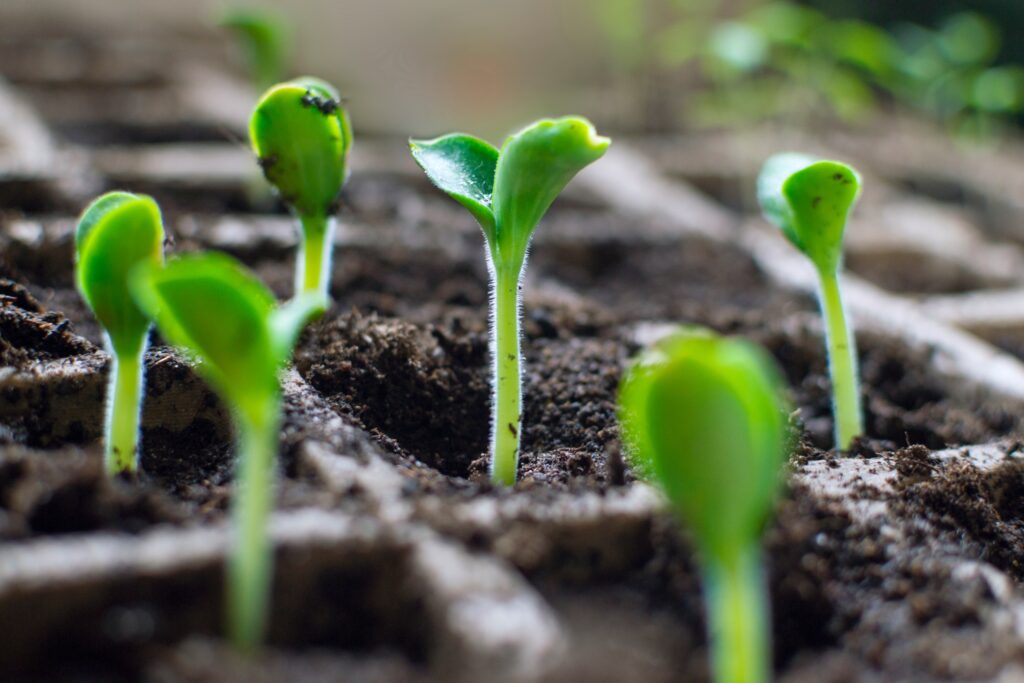Gardening Tips
From Seed to Sprout: 8 Essentials for Flourishing Indoor Seed Germination
As spring approaches, gardening enthusiasts eagerly anticipate the opportunity to nurture new life from the ground up. One key step in this process is seed starting indoors. Whether you’re a seasoned gardener or a green-thumbed novice, mastering the art of indoor seed starting can significantly impact the success of your garden. In this blog post, we’ll explore the best practices that will help you cultivate healthy, robust seedlings for a bountiful growing season.
Click to buy your raised beds early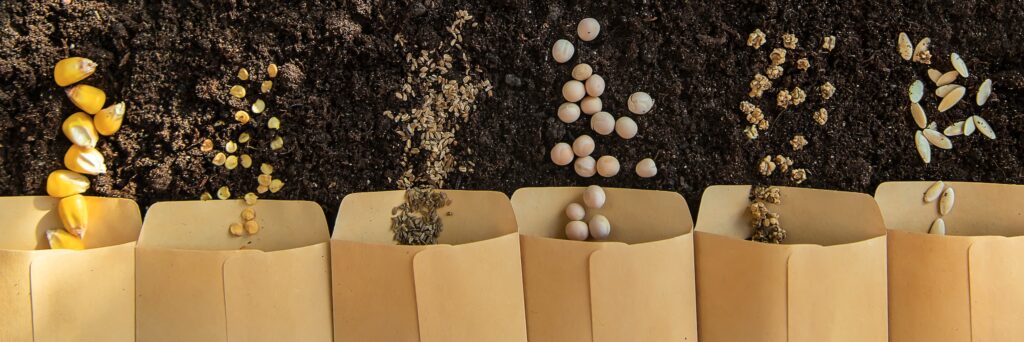
Choose the Right Seeds
Selecting high-quality seeds is the first step towards a successful indoor gardening venture. Opt for fresh seeds from reputable sources, paying attention to the recommended planting times and conditions for each specific plant. This ensures that your seeds have the best chance of germinating and thriving.
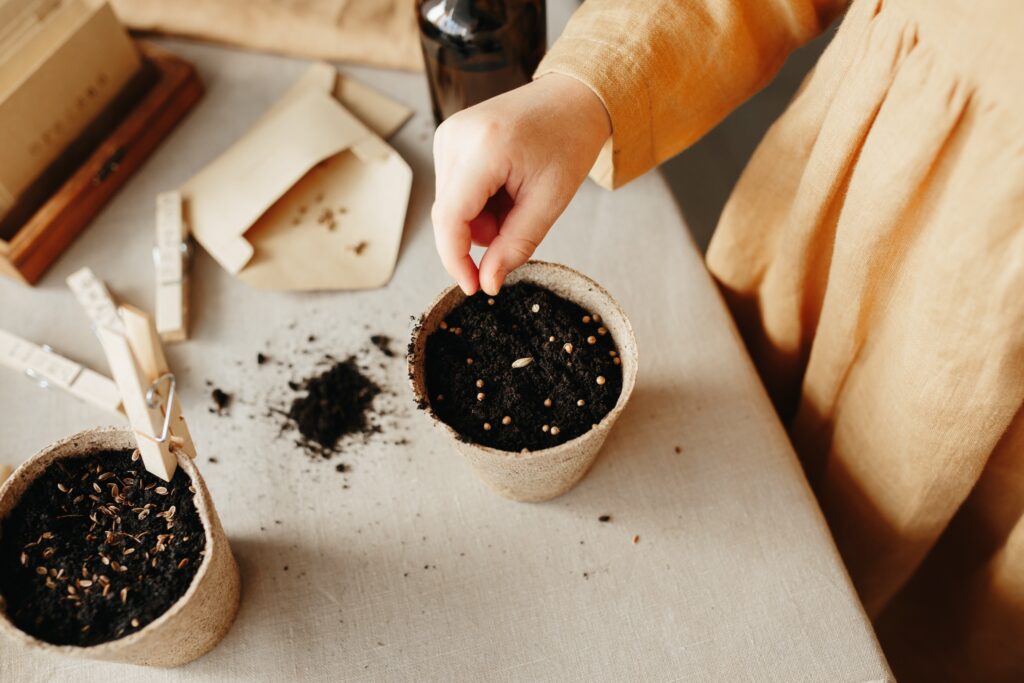
Invest in Quality Soil Mix
Providing your seeds with a nutrient-rich and well-draining soil mix is crucial. Consider using a seed-starting mix, a blend designed to promote healthy root development. This mix typically consists of peat moss, perlite, and vermiculite, creating an ideal environment for seedlings to establish strong roots.
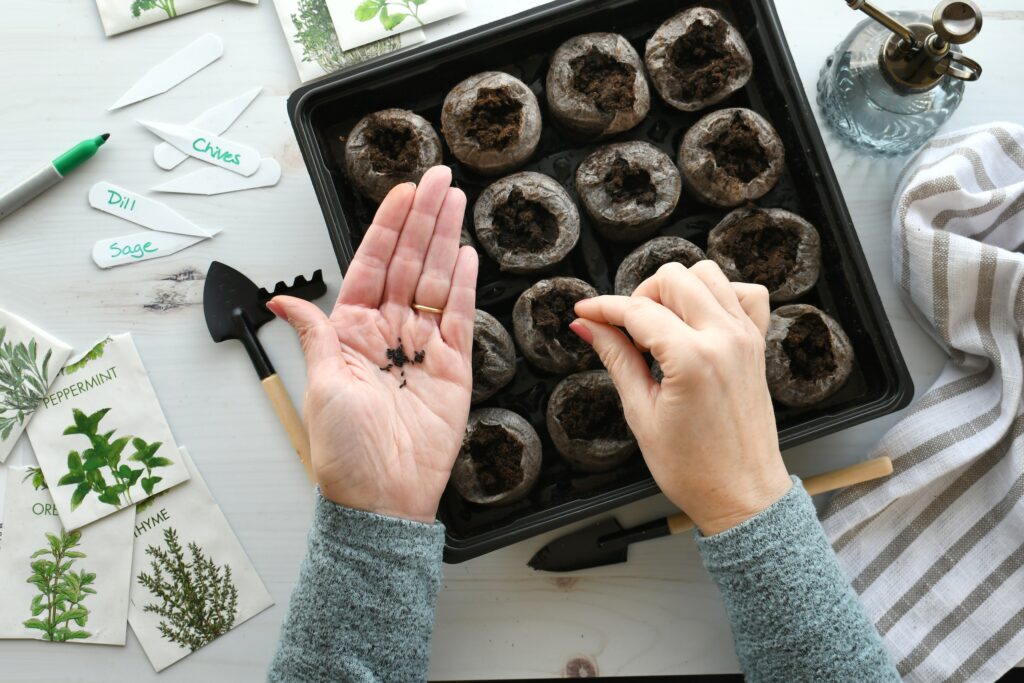
Select Appropriate Containers
The choice of containers plays a vital role in seed starting success. Opt for trays or pots with drainage holes to prevent waterlogging, allowing air to circulate and reducing the risk of damping-off disease. Additionally, using biodegradable or reusable containers contributes to sustainability and minimizes transplant shock when it’s time to move seedlings outdoors.
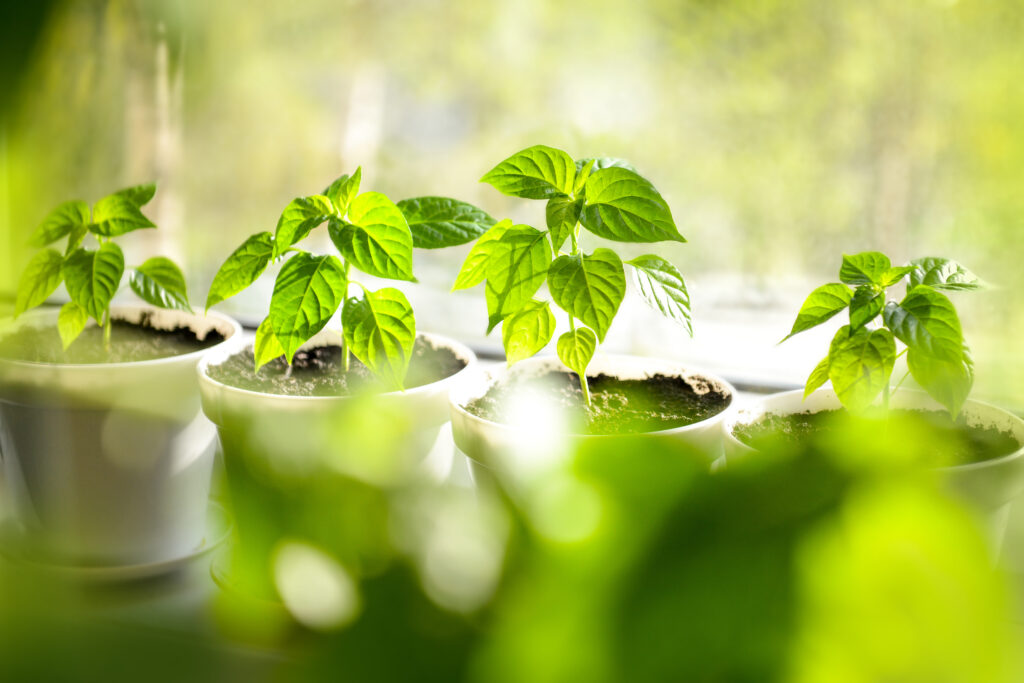
Provide Adequate Light
Adequate light is essential for robust seedling growth. While a sunny windowsill can work for some plants, investing in fluorescent or LED grow lights offers better control over light intensity and duration. Position the lights just a few inches above the seedlings and adjust the height as they grow to ensure they receive optimal light exposure.
Click to buy your raised beds early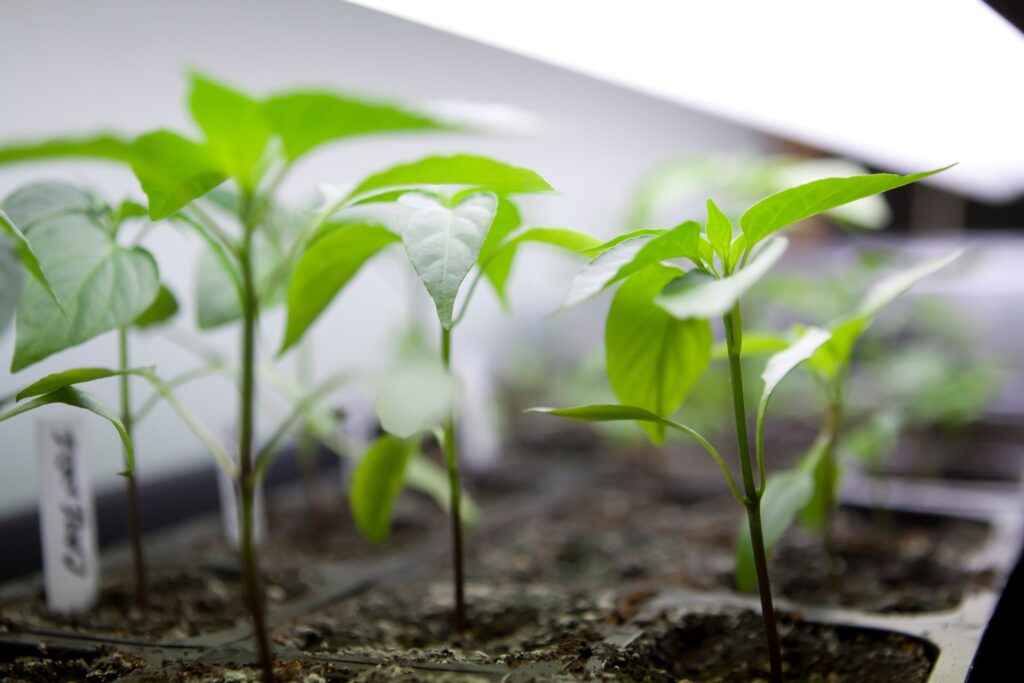
Maintain Consistent Temperature and Humidity
Seed germination and growth are influenced by temperature and humidity levels. Keep your indoor space consistently warm, ideally between 65-75°F (18-24°C), and maintain a humidity level of around 50-60%. Using a heat mat can be beneficial for certain heat-loving plants, promoting faster and more uniform germination.
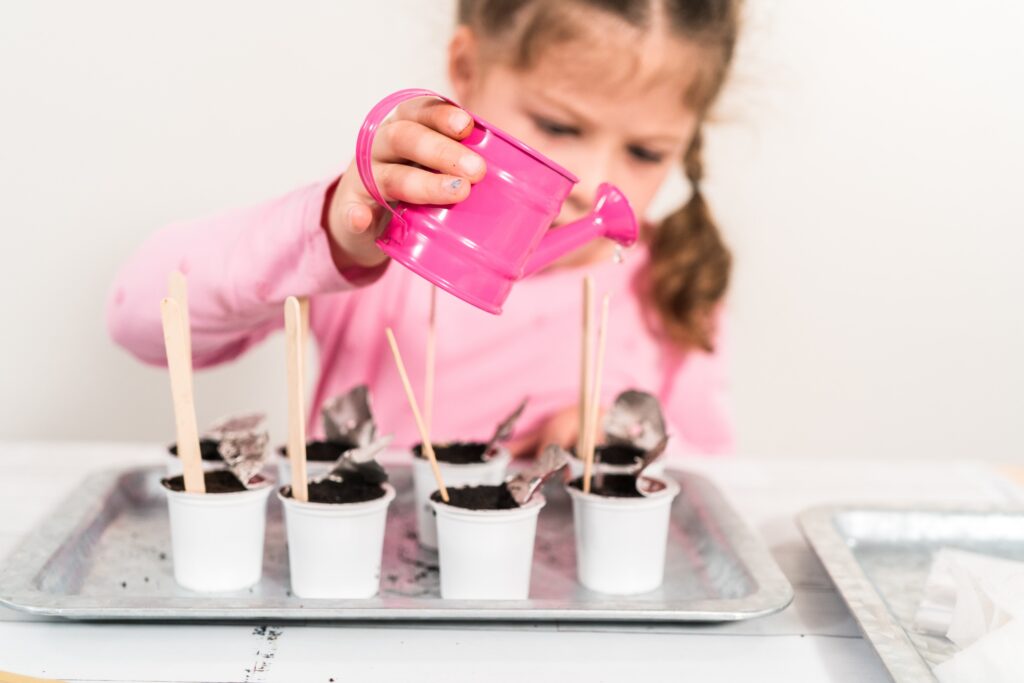
Water Wisely
Overwatering is a common pitfall in seed starting. Water the soil evenly and consistently, keeping it consistently moist but not waterlogged. Consider using a spray bottle or a fine mist setting on a watering can to avoid disturbing delicate seedlings. Watering from the bottom, by placing containers in a tray of water, can also prevent soil disturbance.
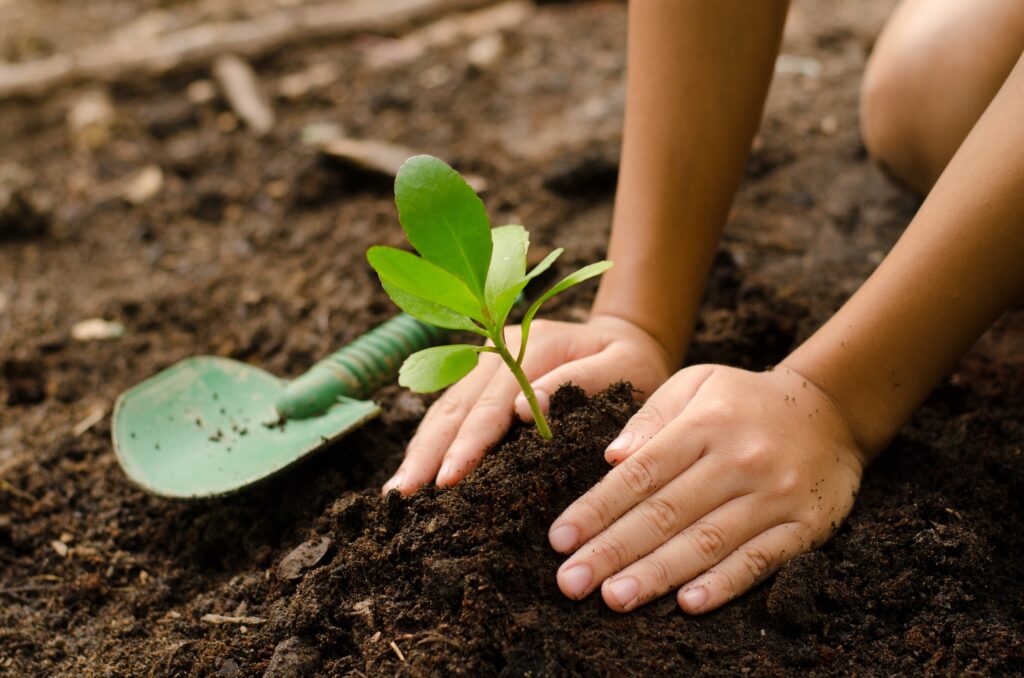
Practice Thinning and Transplanting
As seedlings grow, thin them to ensure proper spacing and promote strong development. When transplanting, handle seedlings carefully by their leaves, avoiding damage to the delicate stems. Transplant seedlings into larger containers as they outgrow their initial homes, providing more space for roots to spread.
Click to buy your raised beds early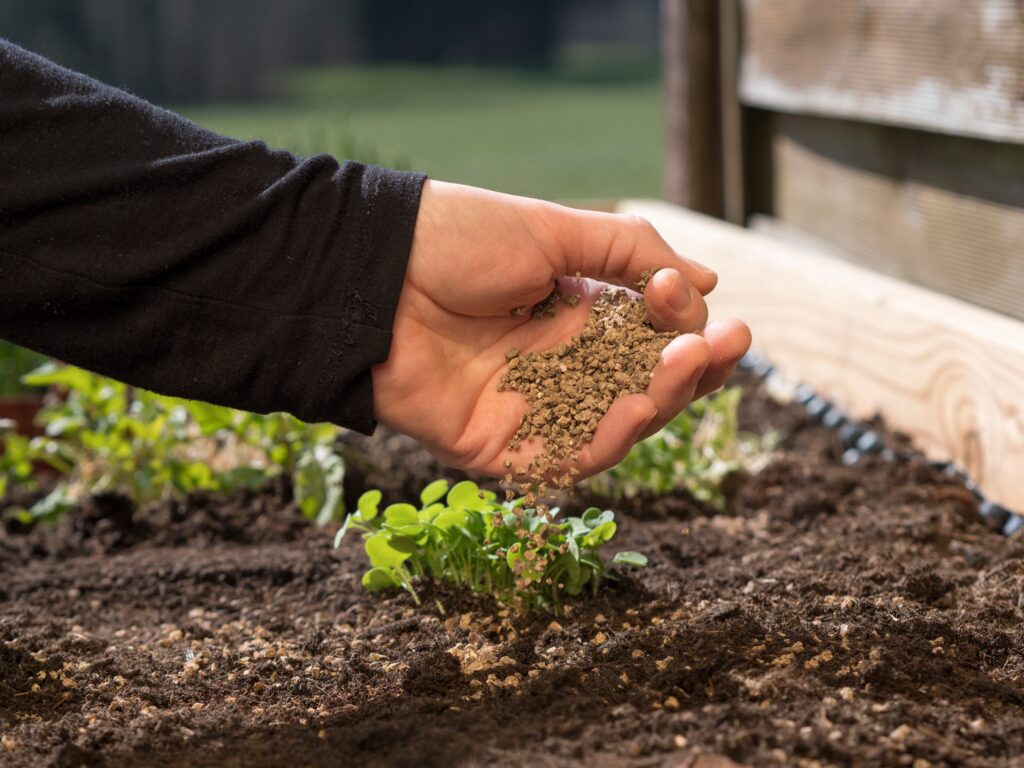
Fertilize with Care
While starting seeds indoors, it’s essential to provide the right nutrients for healthy growth. Use a diluted, balanced liquid fertilizer once the seedlings have developed their first true leaves. Over-fertilizing can lead to nutrient burn, so follow package instructions and err on the side of caution.
Mastering the art of indoor seed starting requires attention to detail, patience, and a bit of experimentation. By following these best practices, you’ll set the stage for a successful gardening season, yielding healthy and robust plants ready to thrive in the great outdoors. Happy gardening!
